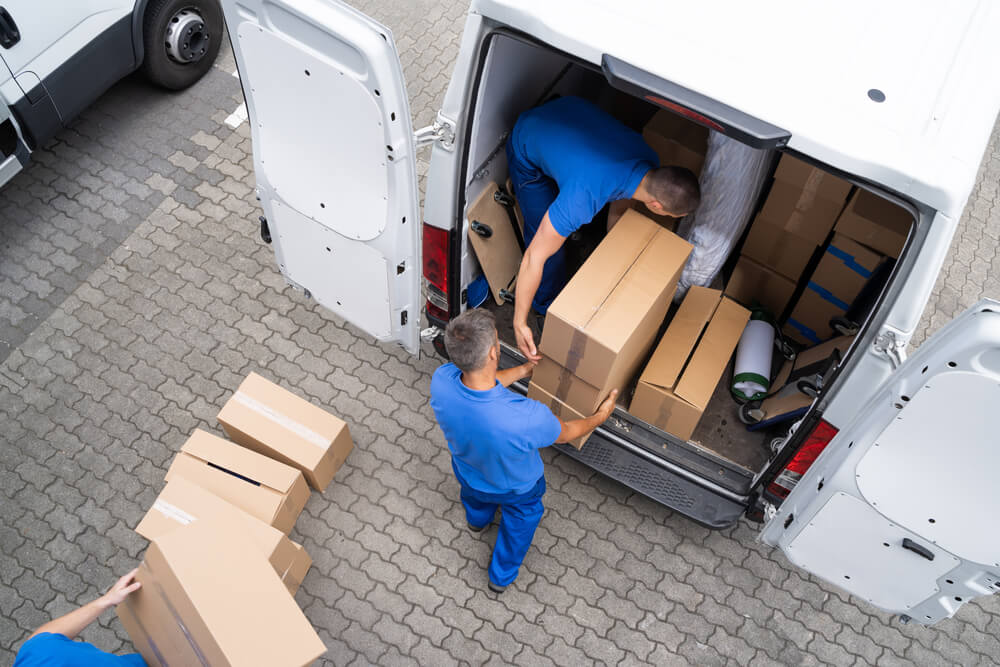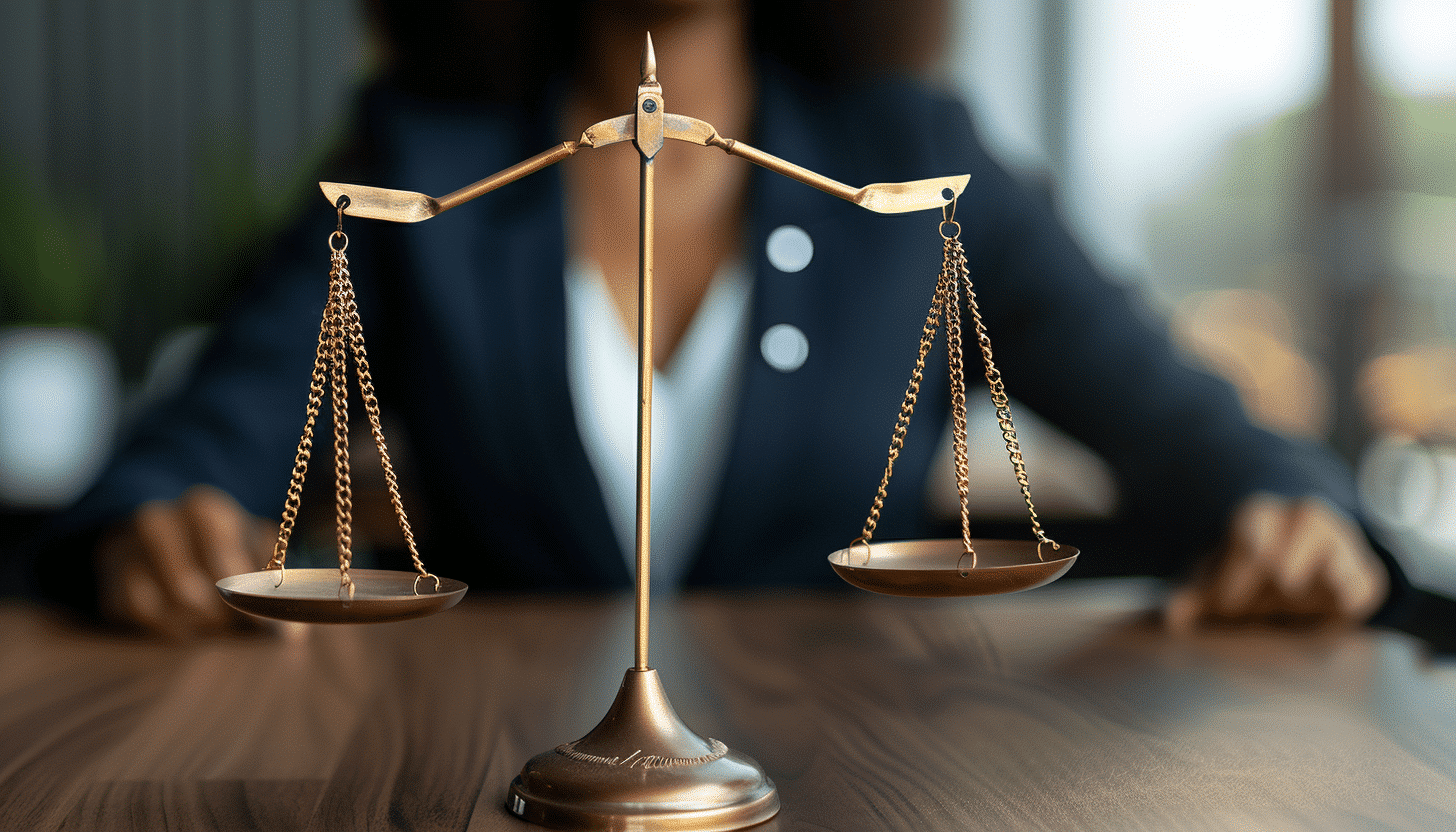Professional Black Mold Inspections in Long Beach for Homes & Businesses

At Golden State Mold Inspections, we specialize in certified black mold inspections for homes and businesses throughout Long Beach and nearby coastal neighborhoods. Our focus is on detection and documentation only—we do not remove mold or perform mold remediation. Instead, we provide clear, unbiased reports so property owners can take appropriate next steps.
Understanding the Dangers of Black Mold
Black mold, often referring to Stachybotrys chartarum, is a form of mold that produces harmful mycotoxins. This toxic black mold can be found in damp, poorly ventilated areas—especially in coastal cities like Long Beach where humidity and moisture are prevalent.
Black mold needs consistent moisture to thrive, usually from plumbing leaks, flooding, or condensation. Over time, it may release mold spores into the air, which can trigger a range of health issues. The dangers of black mold go beyond property damage—it can significantly impact your well-being.
Symptoms of Black Mold Exposure
Exposure to black mold allergens and spores may affect people differently. Individuals with asthma, mold allergies, or a weakened immune system are especially sensitive to mold and more prone to symptoms. Black mold exposure may result in:
- Nasal congestion, sneezing, or coughing
- Eye and throat irritation
- Headaches and fatigue
- Skin rashes
- Shortness of breath or wheezing
- Triggered asthma attacks or worsened symptoms
Some symptoms of black mold exposure mimic seasonal allergies or colds, which makes environmental testing crucial. Mold can affect people in unique ways, and in severe cases, toxic black mold has been associated with neurological symptoms and chronic respiratory conditions.
If you’ve been exposed to black mold, medical professionals may recommend treatment options such as allergy shots, antihistamines, or immune-support therapies. In some cases, treatment can help reduce symptoms, but addressing the environment is key to long-term recovery.
Signs of Mold in the Home
Detecting mold early can help prevent health risks and structural damage. Common signs of mold include:
- A persistent musty or earthy odor
- Visible patches of dark green or black growth on walls or ceilings
- Water stains or soft, warped drywall
- Peeling paint, bubbling surfaces
- Respiratory symptoms that worsen indoors
You might also notice mildew near baseboards or under sinks. If these signs of mold appear, it’s important to contact a professional mold inspector right away.
How Mold Can Affect Your Home and Health
Mold in your home isn’t just a cosmetic issue—it can damage insulation, drywall, and wood framing. Black mold growth may weaken your property’s structural integrity while circulating harmful particles through your HVAC system.
Beyond physical damage, mold can cause your immune system to work overtime. Mold spores can cause allergic reactions, while mold can affect the lungs, skin, and sinuses. Individuals around mold may experience eye irritation, fatigue, or even more serious conditions like fungal infections or pulmonary hemorrhage.
Mold Isn’t Always Visible
While black mold is often easy to spot in advanced cases, mold isn’t always visible. It can grow behind drywall, under carpet, or within ventilation systems. Specific types of mold, like Cladosporium or Aspergillus, may produce lighter-colored colonies but can still cause health issues.
That’s why our inspections go beyond surface-level. At Golden State Mold Inspections, we use thermal imaging, moisture meters, and sampling tools to locate hidden mold problems.
What Our Inspection Includes
We perform a thorough evaluation of your property to identify black mold, moisture sources, and possible contamination. Our process includes:
- Visual inspection of all accessible areas
- Moisture detection using professional tools
- Thermal imaging to identify hidden leaks
- Surface sampling (optional) to identify the type of mold
- A comprehensive report with findings, images, and guidance
We do not perform black mold removal. Our role is to help you understand the mold problem so you can make informed decisions, often by hiring a separate mold remediation contractor.
How to Prevent Black Mold
Living in a coastal city like Long Beach increases the risk of mold growth due to high humidity levels. Fortunately, you can take action to prevent black mold:
- Use a dehumidifier in damp areas
- Fix water leaks immediately
- Increase ventilation in bathrooms, kitchens, and laundry rooms
- Run air purifiers with high-efficiency particulate air (HEPA) filters
- Clean frequently to reduce dust and spores
- Avoid carpeting in moisture-prone rooms
- Inspect basements and attics regularly
Regular inspections after a water incident or as part of home maintenance can also help keep mold from growing undetected.
Cleaning Up Mold the Right Way
Cleaning up mold should be done carefully, especially when dealing with black mold. In small areas, using bleach or a mold-specific cleaner may help, but for widespread or severe issues, professional remediation is necessary. Always wear protective gear and ensure proper ventilation.
Attempting to remove mold spores without the right tools can make things worse by spreading spores through the air. That’s why hiring professionals—based on an unbiased inspection—is the safest route.
Serving Long Beach and Beyond
Golden State Mold Inspections proudly serves:
- Belmont Shore – Coastal homes where humidity and ocean breezes create a mold-prone environment
- Signal Hill – Elevated properties that face condensation and ventilation challenges
- Lakewood – Residential communities with aging infrastructure and plumbing concerns
No matter where you live in Long Beach, if you suspect mold in the home, we’re here to help with expert assessment—not remediation or sales. Call us at (310) 525-0619. We are Serving Long Beach, Belmont Shore, Signal Hill, and surrounding areas. Let Golden State Mold Inspections help you protect your home and health with honest, professional mold inspections—no cleanup, just clarity.



